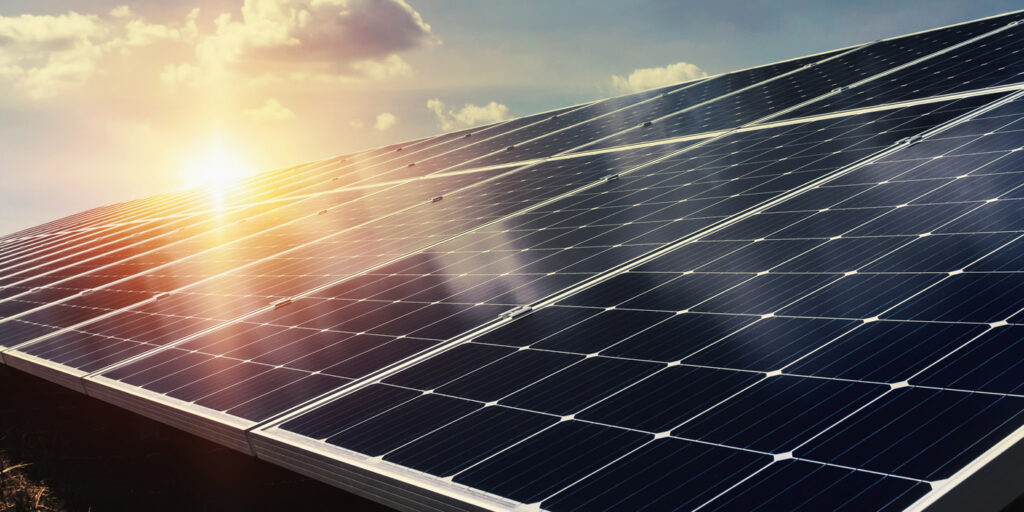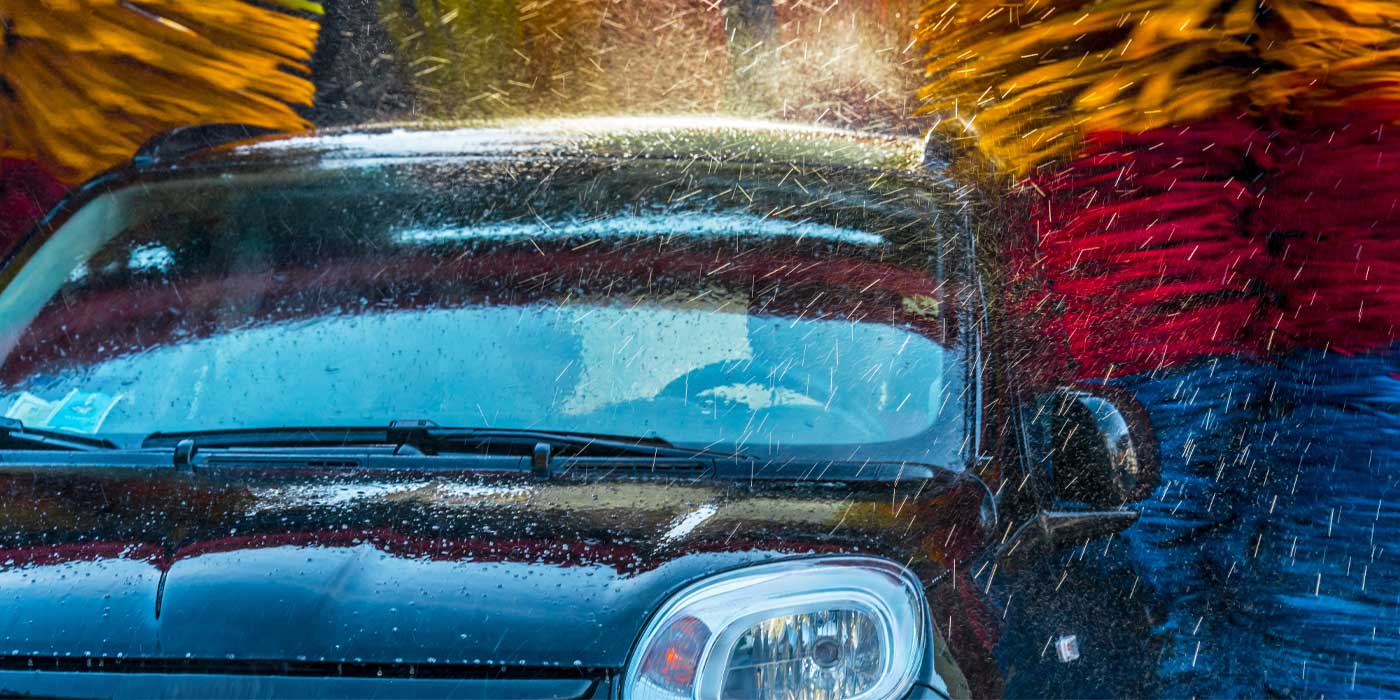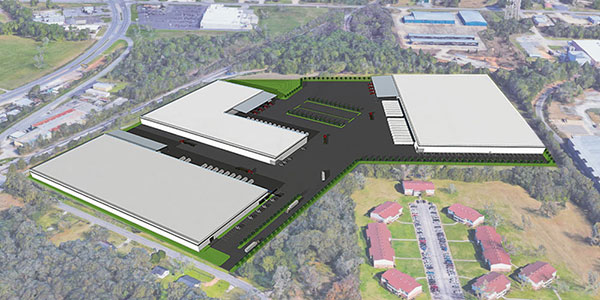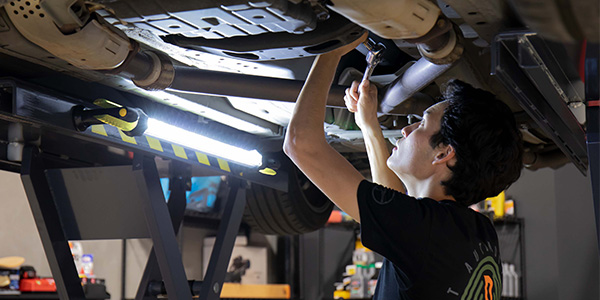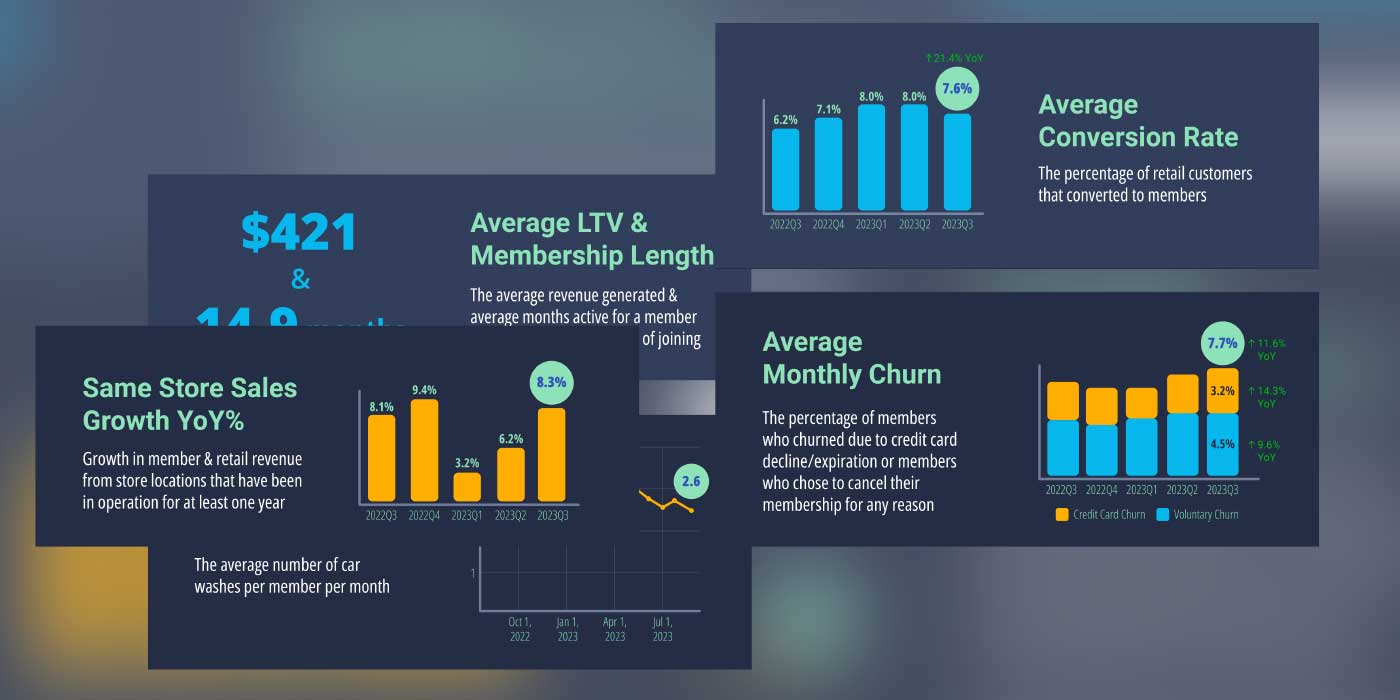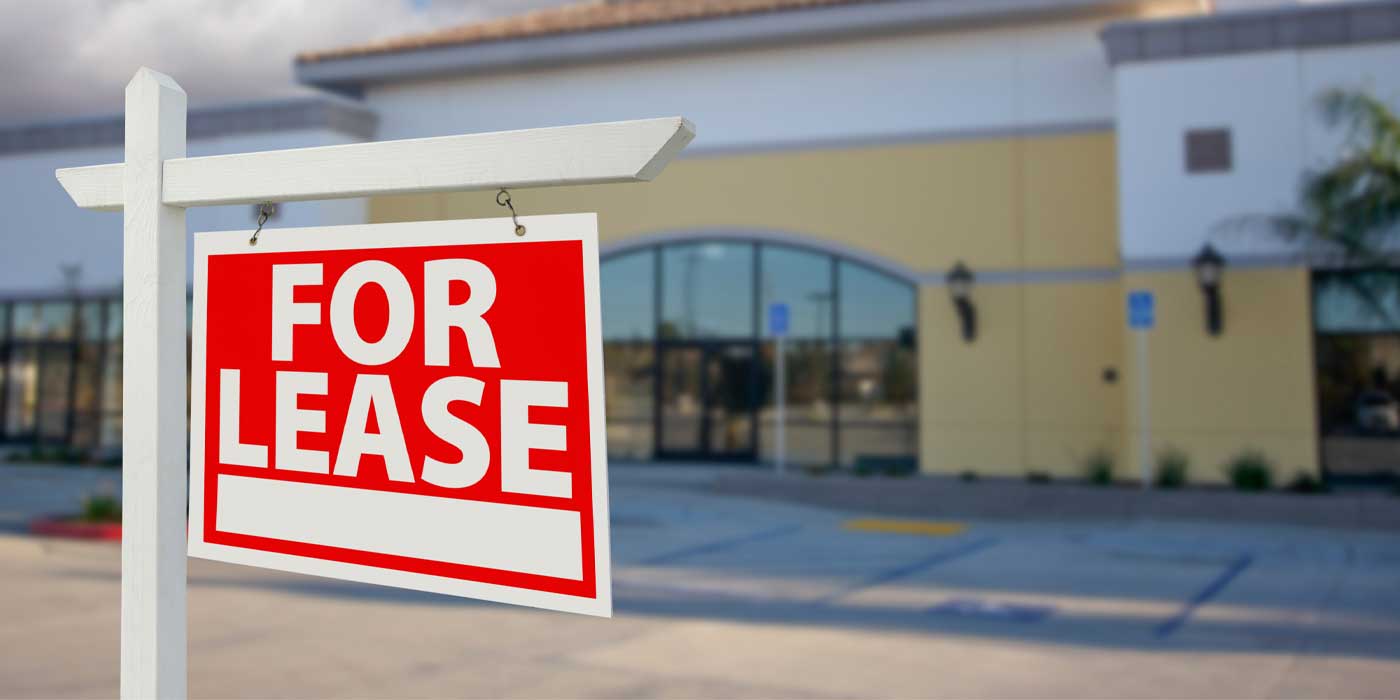For many years, operators have employed LEDs in their tunnels and bays, resulting in safer, brighter and more cost-effective lighting. Operators report that the typical return on investment is 50%-plus after switching from metal halides or fluorescent fixtures to LEDs. In addition to savings through LEDs, some operators are also using the power of sunlight to pad their wallets.
We caught up with several bean counters and stewards of the environment in this article to check in on the cost-saving opportunities operators have today with LEDs and solar power.
Here comes the sun
What are the three primary reasons an operator should consider solar panels on his or her carwash? According to Ned Browning, owner of Darien, LLC, the leading benefits of solar power include:
• Financial: Operators can transform an expense into an asset and reduce overall monthly operating costs.
• Business: Green features, such as solar panels, attract more customers to a carwash.
• Environment: Reducing traditional electricity consumption with solar power not only lowers energy bills, but it also coincides with other programs carwashes are implementing, such as environmentally friendly chemicals and water recycling.
In addition, Browning adds that solar panels are ideal for all carwashes and roof types, due to advanced technology, design and installation. “Some of the limitations of the past are not limitations today,” he says. “Contact your local certified solar installer for a free consultation to discuss all of your options.”
And, when it comes to solar power, many U.S. states, counties and towns are also beaming at the potential of this renewable energy source. In fact, even the federal government is shining a light on some incentives.
“On the national scale, there is the federal income tax credit, which is currently valued this year at 26% of the project’s cost. In 2023, the tax credit drops to 22% and, in 2024, it drops again to 10% of the cost of the project. There are also federal grants available, which could help cover up to 25% of the project’s cost,” educates Browning, adding many states, local jurisdictions and some utility companies offer their own incentives via tax credits, grants, property tax exemptions and low interest loans.
The upfront costs to install solar panels will depend on the carwash’s current energy usage as well as the available roof and/or ground space. However, these initial costs can return back to your bottom line in a relatively short period of time.
“Carwashes investing in solar can be cash positive in year one or have an ROI as low as three to five years,” states Browning.
Of course, this renewable energy can be used to power energy-saving equipment throughout a carwash, such as LEDs.
LED savings
Michael Call, owner of Mile High LED Systems, estimates that at least 95% of new builds are installing LEDs over metal halides and fluorescent fixtures. Therefore, the questions surrounding carwash lighting these days include where to install LEDs, which ones and what colors? As for the remaining estimated 5% still using traditional lighting on new builds, Call warns that they’re just “throwing money away.” But, why?
Let’s consider a carwash that is using metal halide lighting. A switch to LEDs will save this operator 80% or more in power costs, according to Call. As a result, many operators are using that savings and investing by installing more LED lighting on-site to make the carwash safer and more attractive.
Erin Noonan, director of marketing for G&G Industrial Lighting, offers a concise cost analysis. Using an energy-savings calculator and a hypothetical four bay self-serve carwash, she computes some interesting findings.
“Many self-serve carwashes have not made the transition to LEDs,” notes Noonan. “These washes are using 175-watt metal halide wall-pack fixtures inside the bay and typically they have two of these fixtures — one on both adjacent walls. If you were to take those four bays with two fixtures in each and switch to LEDs, you go from using 175 watts per lamp, down to 80 watts per fixture. So, hypothetically, if you were to run your lights for 16 hours a day, seven days a week — at a national average of 10 cents per kilowatt hour — you would save 4,426 kilowatt hours over the course of the year, which saves you $500 in energy costs alone.”
Noonan notes savings add up over time as well since typical metal halide fixtures last on average for 10,000 hours, while LEDs average 100,000 hours. This means operators using metal halide lighting will replace the fixtures approximately every year to year and a half versus as infrequently as every 10 years with LEDs.
“You have to replace these $25-$30 metal halide lights, which is an extra $160 every year and a half that you’re not spending and replacing your LEDs. So, for every one fixture that you have, you would spend $1,067 in lamp replacements compared to $0 over the course of an LED’s usable life,” remarks Noonan.
LED opportunity costs
In addition to labor, maintenance and replacement costs, Call factors in what he refers to as the “opportunity cost.” When lighting is dim, absent or out, customers will not feel safe at your wash and ultimately, not patronize it. This loss of business is regarded as a missed opportunity.
“The opportunity cost is absolutely a big deal,” asserts Call. “Typically, when an operator switches to LEDs, it increases night-time business by 20% to 30%.”
While operators are using the savings derived from LEDs to install more LEDs, Call warns not to go overboard, particularly on the exterior of the wash; in fact, doing so could be illegal. Known as being dark sky compliant, exterior LEDs need to be properly positioned without emitting wasteful light upwards.
“The nation is trying to eliminate light pollution,” notes Call. “You can’t have fixtures sending light up into the atmosphere anymore. Frankly, as carwash operators, we don’t want that either because that’s wasteful. Dark sky compliance means manufacturers must produce exterior LEDs that only send the light where you want it to be, which is towards the ground or where people are walking.”
When working with your distributor or LED manufacturer, you should be mindful of being dark sky compliant and cognizant of any local lighting codes. These codes might include light bleed requirements off the property, any minimum or maximum light allowances in your parking and driveway areas, etc.
While there are typically restrictions on exterior lighting, interior lighting, such as in a tunnel, is where LED manufacturers and operators can shine and be a bit bolder and more creative.
LED incentives and installation
Similar to solar power, many locales and companies are rewarding businesses for using less energy with LEDs. The DesignLights Consortium (DLC) is “a non-profit organization whose mission is to achieve energy optimization by enabling controllability with a focus on quality, people and the environment,” as stated on www.designlights.org.
“When an LED is DLC-certified, this means it has gone through testing and an approval process, and a lot of utility providers will recognize it and offer incentives,” states Noonan. “The incentive will depend on variables like the type of LED, the state and so on, but a lot of the utility providers will pay you back anywhere from $40 to $80 per fixture if you upgrade to LED.”
In addition to savings realized in lower maintenance needs and rebate incentives, operators can also build ROI as early as during installation. The first step to installation savings is at procurement. Experts advise to never purchase LEDs from big-box or online stores. Instead, there are several LED manufacturers that specialize in the carwash market, including the companies we interviewed for this article, that are skilled at manufacturing LEDs specifically for the carwash environment.
“There are certain nuances in installation that operators should be mindful of,” explains Call, “especially when we start talking about unconventional locations that carwash operators are looking to place LEDs, such as on vacuum arches.”
Discuss your lighting plan with your equipment supplier as well as your LED consultant. Certain components, such as mounting brackets as an example, can add to the cost of installation and they may or may not be needed with some LEDs in the market.
“LED manufacturers in this industry are working hard to make installation and maintenance as easy and seamless as possible,” concludes Noonan. “With today’s LEDs, you are not spending days or weeks with an electrical contractor wiring and installing. We are making these lights as plug and play as possible and this adds to the savings of reduced installation, maintenance as well as downtime.”
Many operators are seeing the light when it comes to the potential of solar energy and LEDs. As always, consult with the experts in the field when installing panels and light fixtures, and then, let the savings illuminate.

